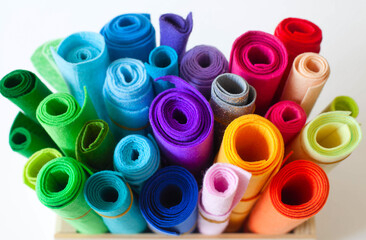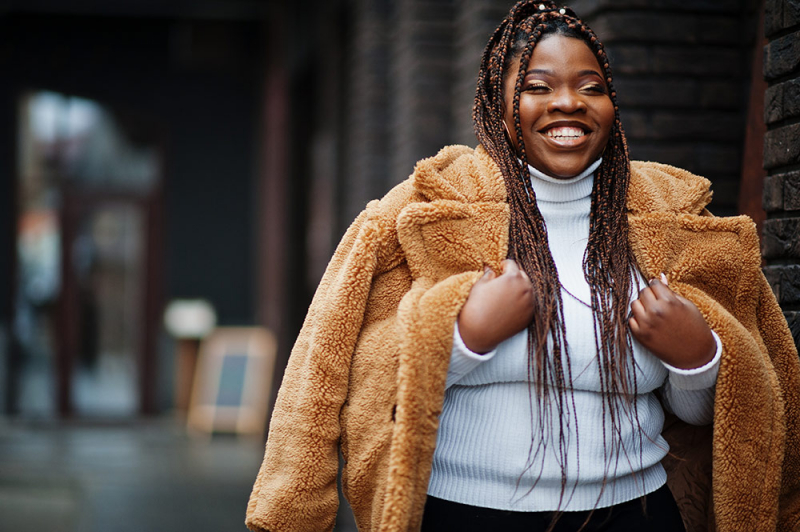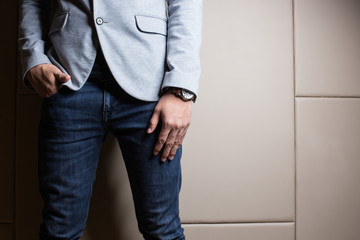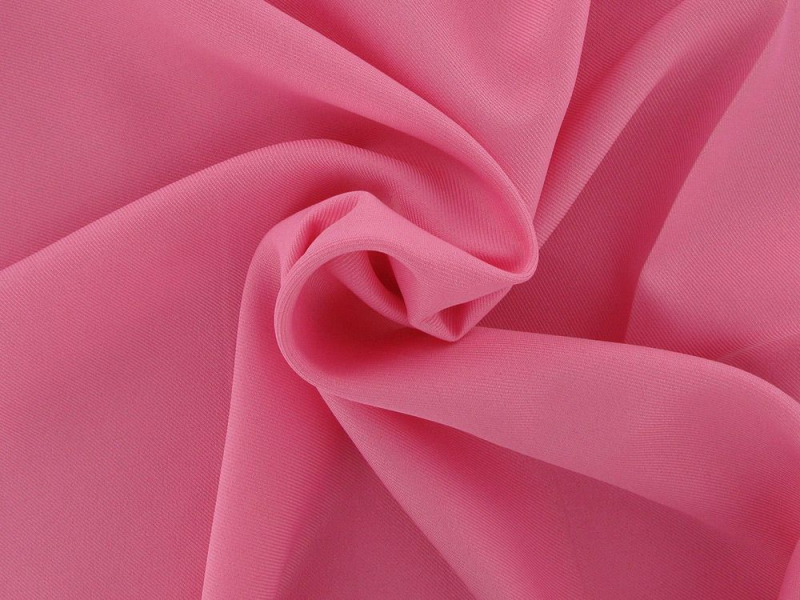What is Batik Fabric? Origins, How It's Made and Uses
Batik fabric is a popular choice for making quilts, soft furnishings, scarves, clothing and more, thanks to the fact that it is versatile and easy to work with. But where did batik originate, and how is it made? Read on to learn everything you need to know about this popular fabric.
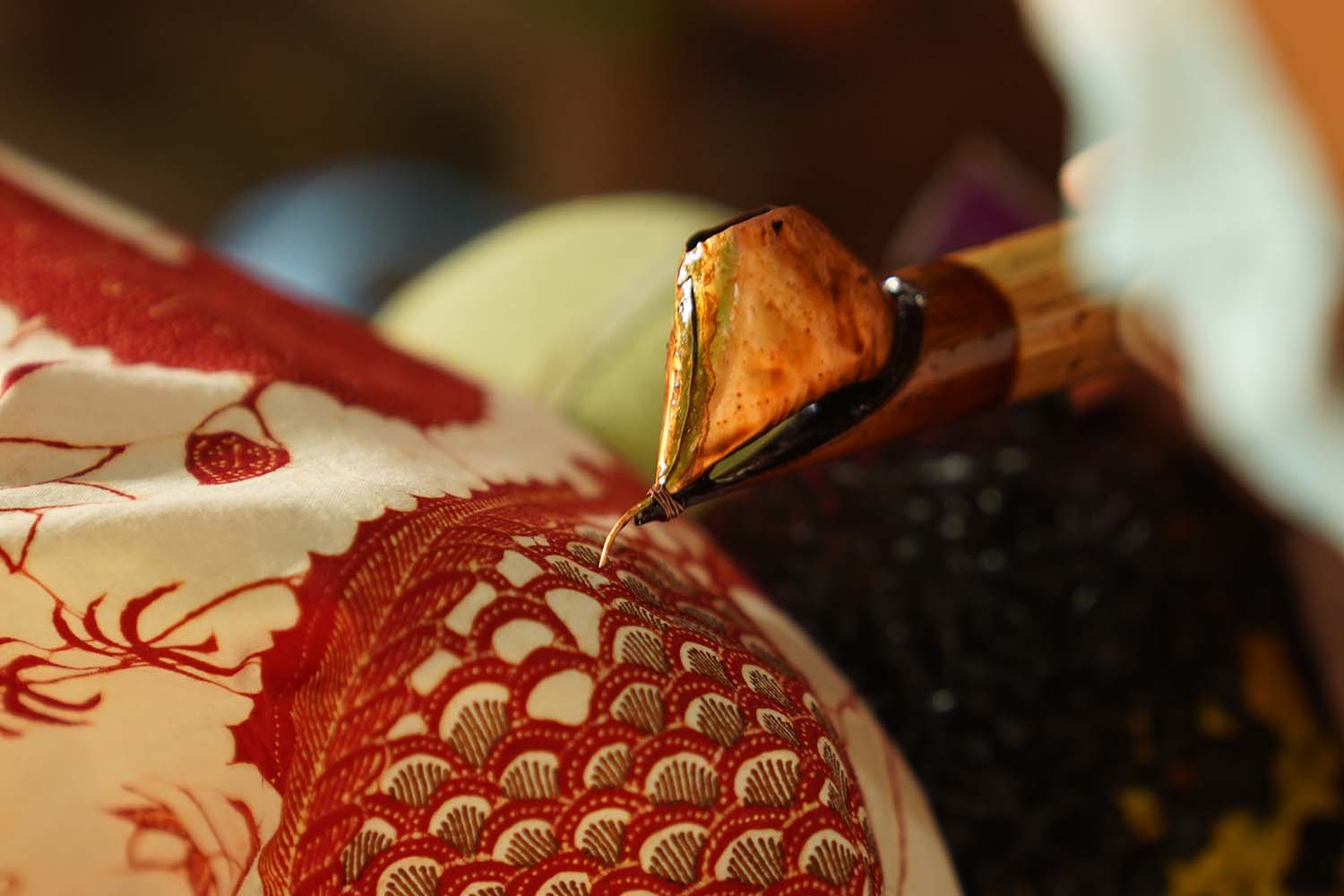
History of Batik
The origins of batik fabric are traced back to Java in Indonesia, which is located in Southeast Asia. The earliest uses of the fabric can also be found in Singapore. Nigeria, India, Sri Lanka and Malaysia. It still remains a large part of the culture of Indonesia, and the fabric is widely used in celebrations and rituals. The manufacture is pretty complex, but the dyeing process allows for many different patterns to be created, which is one of the reasons why it is still in high demand today. Batik is considered a vital part of Indonesian history that UNESCO designated it as a Masterpiece of Oral and Intangible Heritage in October 2009.
What is Batik fabric?
Batik is a dyed fabric that is often used to create long lengths for saris and other traditional garments. The intricacy of the design means it is harder to make than some fabrics. In terms of construction, most batik is either made from 100% cotton or 100% rayon. It tends to be a delicate fabric and therefore must be washed with care, either on a gentle cycle or by hand washing. Batik is unsuitable for tumble drying and should only be air-dried to avoid any damage.
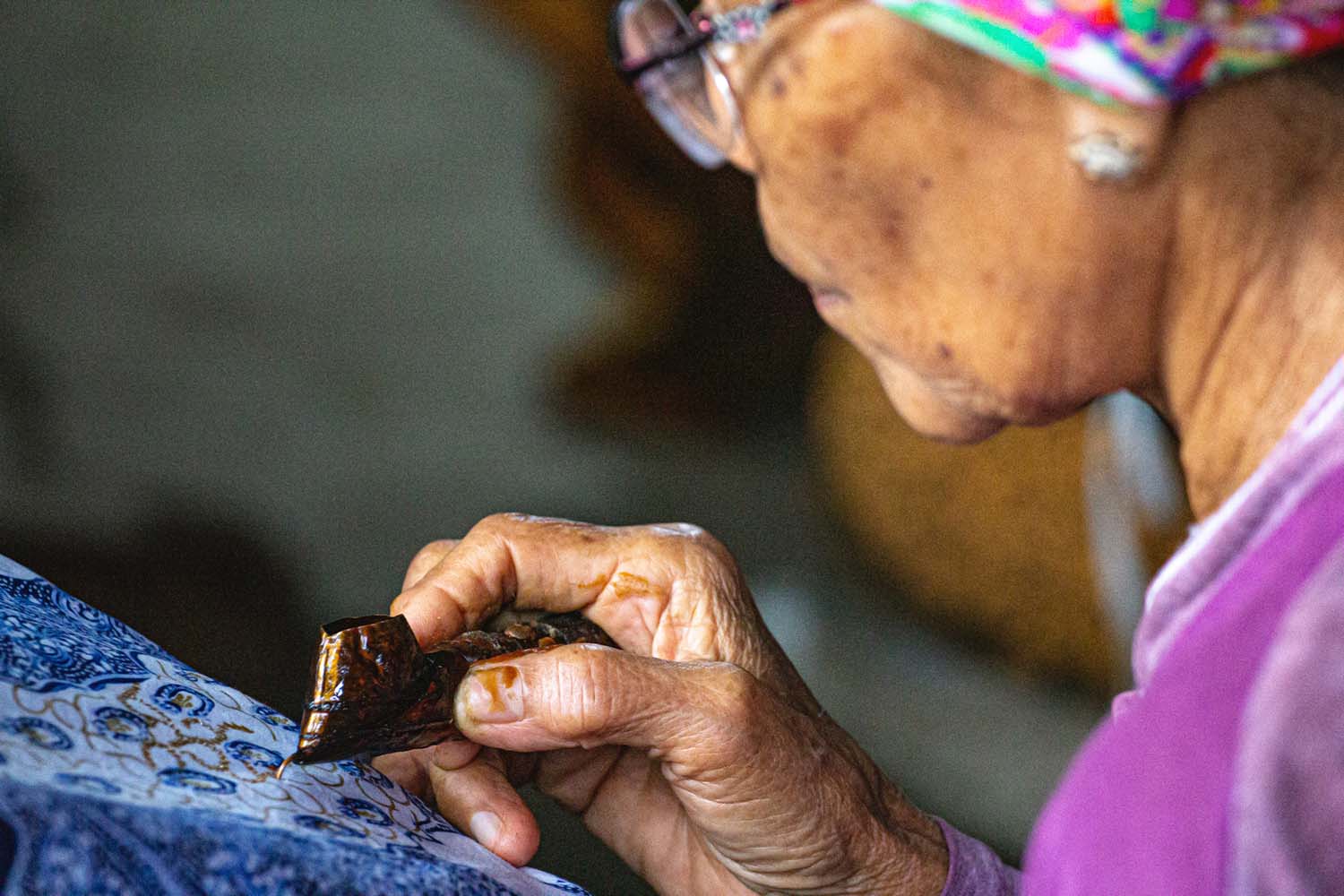
How is Batik made?
The method for making batik is called wax-resistant dyeing. The fabric artist uses the liquid wax in a tool called a tjanting which has a spout so they can draw the patterns into the fabric. Patterns can also be stamped on with a copper cap tool. Once the design is complete, the material can be dyed, and once the colour is set, the wax is removed with boiling water. Some of the designs are drawn and dyed multiple times to get different colour effects.
Another method used in batik fabric creation is the salt dye technique. Salt is placed into the fabric and sucks the liquid dye towards it. To get the best results, the fabric needs to be pulled taut as this creates streaks of colour. The results of salt dyeing are unpredictable and challenging to control. However, they are nonetheless beautiful and unique.
Types of Batik fabric
Inland Batik
One of the most traditional variations, the fabric uses early tones such as brown, blue and black. Sometimes the designer will use a white background with symbolic colour patterns.
Coastal Batik
This variant comes from Madura and North Java and is easy to identify because of the vibrancy of the colours used. It is inspired by the marine industry in the area, with Pekalongan and Madura manufacturing the most.
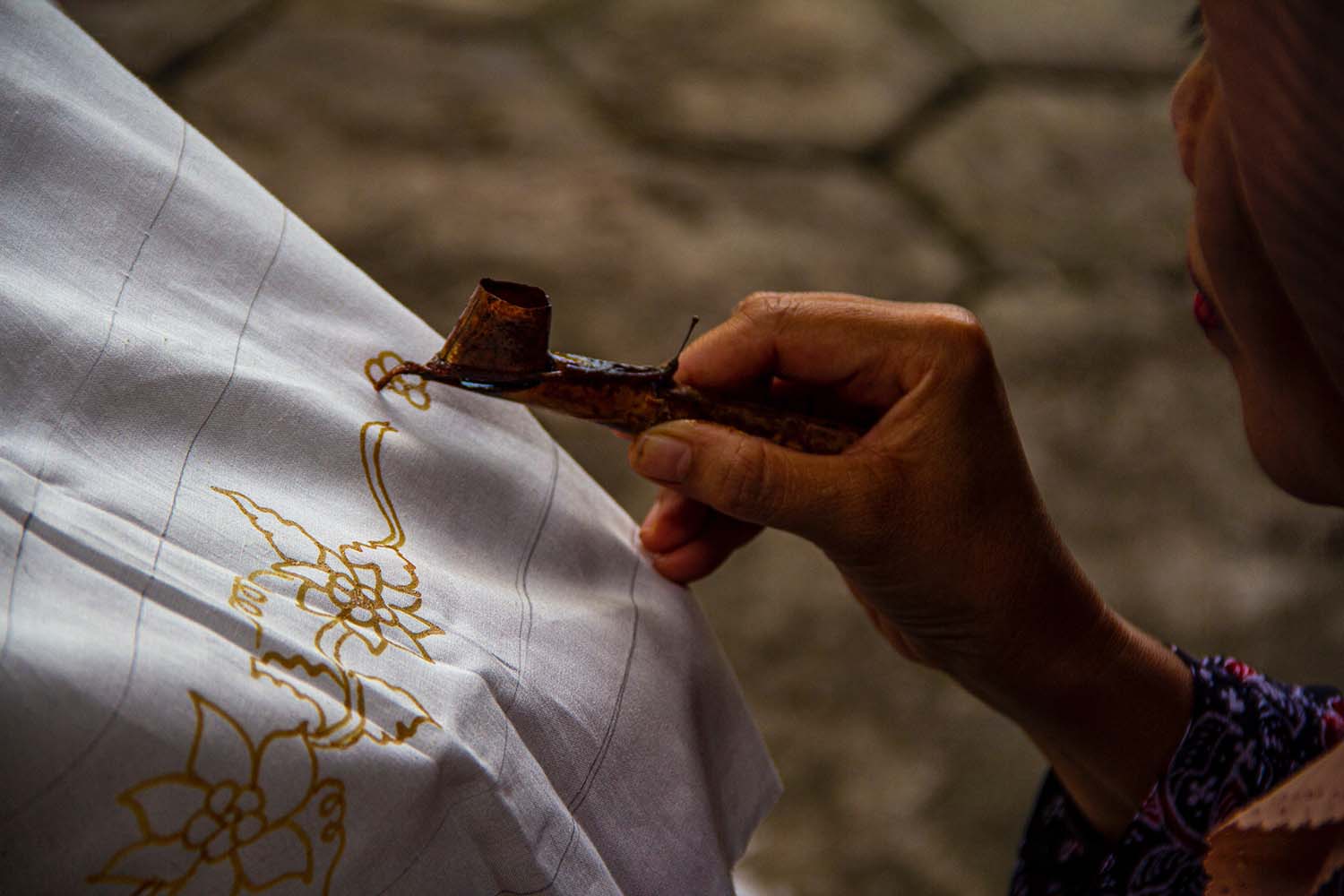
Sundanese Batik
Sundanese Batik generally has a blues influence and was traditionally dyed with Indigofera, which is one of the most traditional blue shades found in the Java region. Sundanese Batik is also referred to as Parahyangan Batik.
Sumatran Batik
Batik from the coastal region in North Java is identifiable because it is dyed with clay. The patterns are animal and plant-based, and to ensure colour saturation, the fabric is soaked in clay for a few days, and the designs are added afterwards.
Balinese Batik
Manufacturing batik in Bali is considered contemporary batik as it has only been produced for a short period of time. The newer designs often do not follow traditional designs when it comes to style and patterns but use the wax-resistant process to create in-demand fabrics that can be used for formal or casual clothing and soft furnishings.
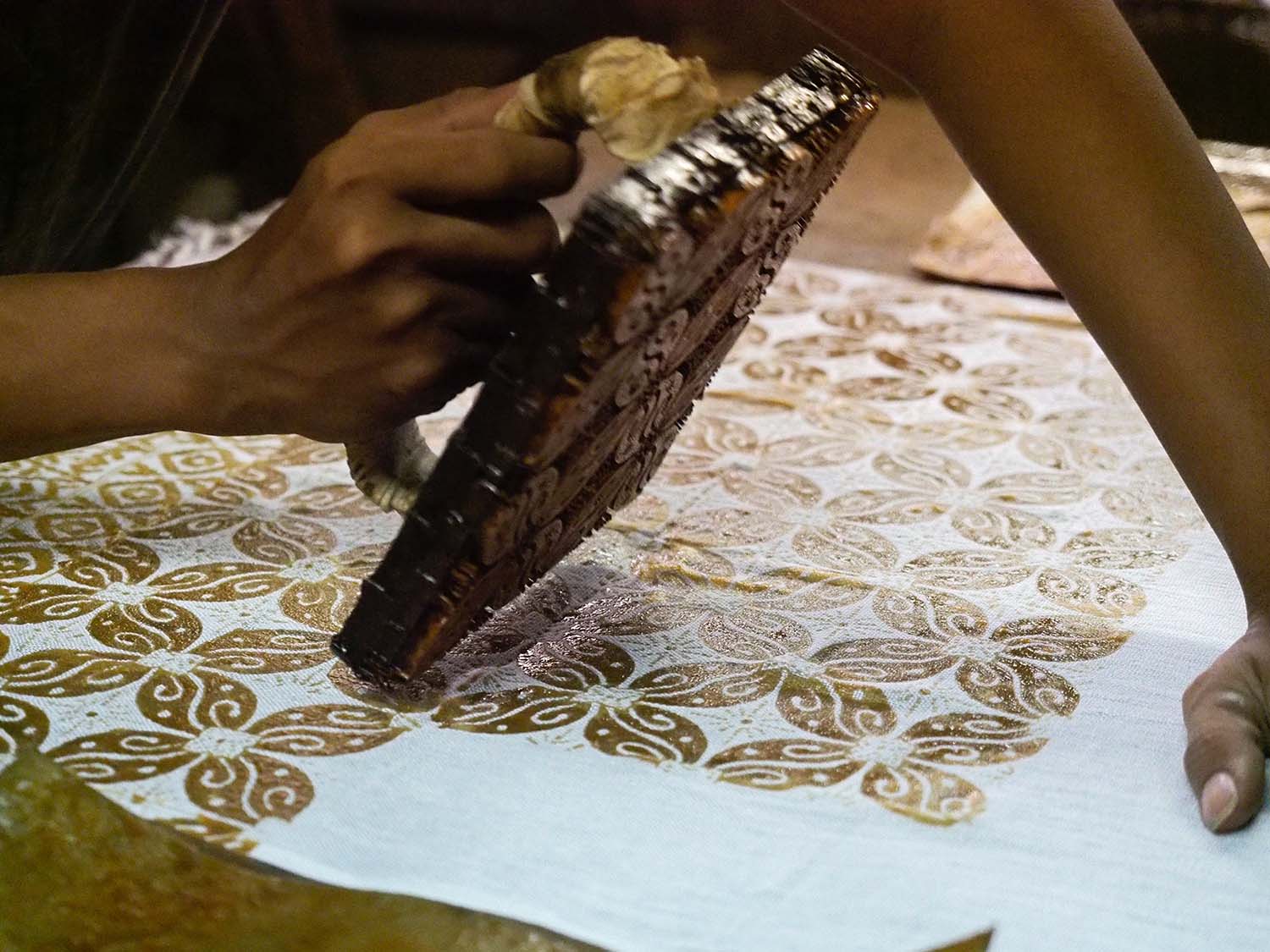
Batik fabric outside of Indonesia
Malaysian Batik
Batik made in Malaysia is quite different from that of Java. While the process is similar, makers tend to brush on the colour instead of immersive dyeing. Malaysian Batik also tends to feature more significant, less complex patterns, and the finished effect is vibrant and light coloured. You would expect to find designs depicting plants and flowers, with animal and human images avoided to avoid any offence or confusion with idolatry.
Sri Lankan Batik
The Batik industry in Sri Lanka is a very small tourist trade venture that showcases the best crafters on the island. There are smaller factories and more extensive galleries for showing off the creations.
Chinese Batik
Again this is not considered traditional batik, but the ethnic community of southwestern China still practices a thriving craft. The patterns tend to be decorative and created using weaving techniques and wax-resistant dyeing.
African Batik
There is some disagreement over the introduction of batik to Africa. Some claim that the Dutch imported it, whereas others say there is evidence to suggest that batik mummies can be traced right back to ancient Egyptian times. Today, the most prominent African batik producer is in Nigeria, where traditional resistance-dyeing techniques are used. In Mali, the tribes use mud-resistance as a production technique and produce their batik for marriage ceremonies and symbols of dignity.
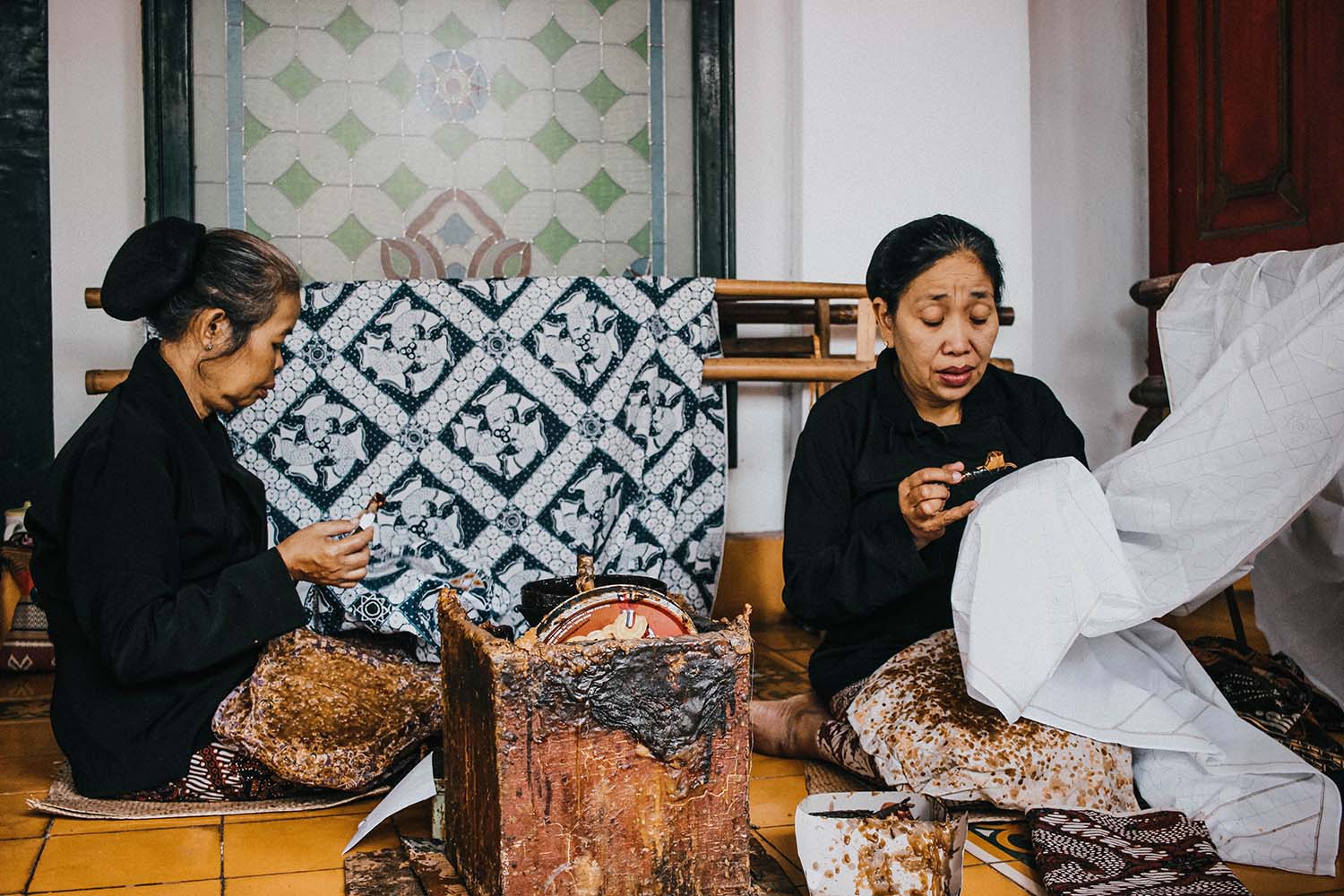
The beauty of batik fabric
Batik fabric production is labour intensive and has an incredibly intricate design process. This practice is celebrated and adored by many, and Indonesia has several museums where you can admire fabrics dating back many years.
Sewing with batik fabric
Colourful batik fabrics are perfect for creating clothing for all types of occasions. We have a wide selection of Bali and Indian batik designs, each with a unique charm. Take a look at the range of colours and styles to inspire your clothing creations.

